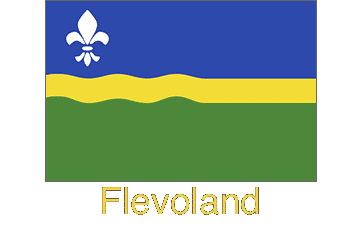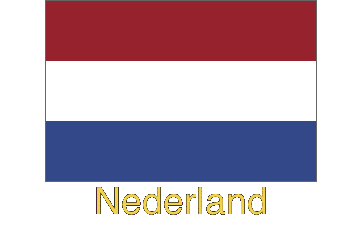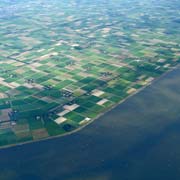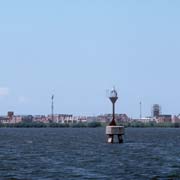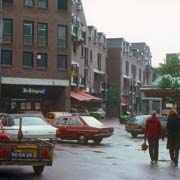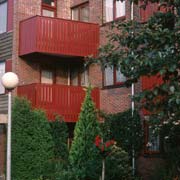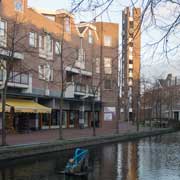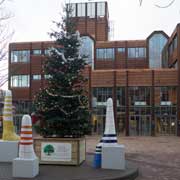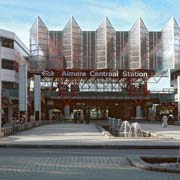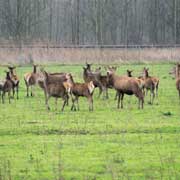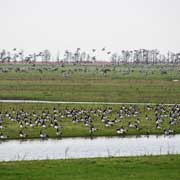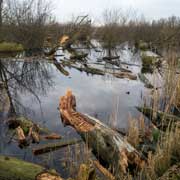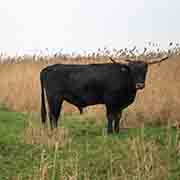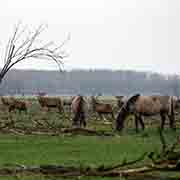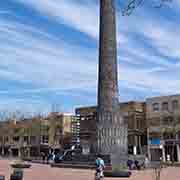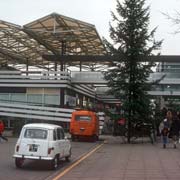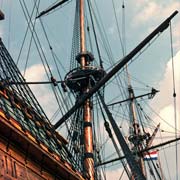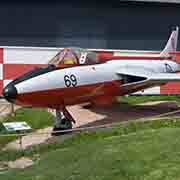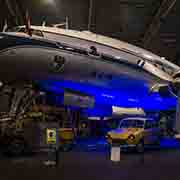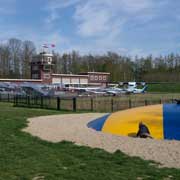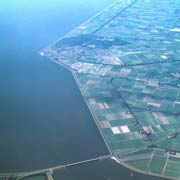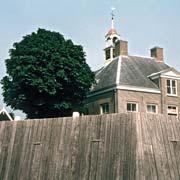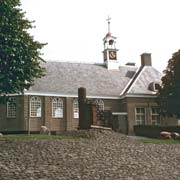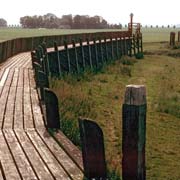Photos of the Province of Flevoland, the Netherlands
The Province of Flevoland
Flevoland is the twelfth and latest province of the Netherlands and consists of the polders Noordoostpolder, Eastern Flevoland and Southern Flevoland. These polders were the result of the draining of parts of the former inland sea, the Zuiderzee, now known as the IJsselmeer since the sea was changed into a freshwater lake by closing it off with the Afsluitdijk (Enclosure Dam) in 1932. The province of Flevoland was established on 1 January 1986 and Lelystad, the largest city in eastern Flevoland, became its capital. The province has an area of 2,412 km² and its population is around 380,000.
you may then send it as a postcard if you wish.
The Noordoostpolder (North East Polder) was started in 1936 by building a dyke of 90 kilometres from the Frisian town of Lemmer, via the island of Urk to the coast of Overijssel. Water was then pumped out and on 9 September 1942 the polder was declared dry. The islands of Urk and Schokland ceased to be; Urk remained a fishing community, although its fleet now operated from the Frisian port of Harlingen while Schokland, whose population already had left the island 80 years before because of frequent flooding, became a hill in the landscape. The new town of Emmeloord became the centre of the Noordoostpolder, a polder with mainly farms, but also a forest, planted on loam grounds, unsuitable for agriculture. The large Flevopolder was drained in two parts: first Eastern Flevoland, for which in 1956 a "ring dyke" was completed, leaving a narrow lake between the new polder and the mainland. In 1959 a ring dyke was started for southern Flevoland and this was completed in 1967. Both polders were joined together and Lelystad became the urban centre in eastern Flevoland while Almere, close to Amsterdam and used to ease the population pressure from there, became the centre of southern Flevoland.
A unique sight in what is essentially a man-made land is the Oostvaardersplassen Nature Reserve. Covering about 56 square kilometres, it is in a polder which was created in 1968, originally earmarked for industrial development but after having laid fallow, it was, in order to create an open habitat for water birds, decided to introduce a number of large herbivores to keep the area more open, including Konik ponies, red deer and Heck cattle. By 1989 it had acquired international importance as a Ramsar wetland. These large grazers are basically left to fend for themselves, as they would have done in the wild. Lelystad is also the home of the National Centre for Maritime History, including the Batavia Shipyard, a centre for traditional shipbuilding; the Dutch East India Company (VOC) merchantship Batavia from 1628, shipwrecked on the Australian coast on her maiden voyage, was reconstructed here between 1985 and 1995. She is now moored at a jetty in front of the yard and another replica, the 17th-century man-of-war The 7 Provinciën (='Seven Provinces') is under construction. Another unique place is the Aviodrome, a large aerospace museum, highlighting aviation in the Netherlands; previously located at Schiphol Airport, it was moved to Lelystad Airport in 2003. It now has three buildings: the main building with most of the aircraft on display, providing a walk through time, from the earliest beginnings to the present; a replica of the old Schiphol terminal building from 1928, with an outside exhibition; and a hangar for aircraft storage with limited access to the public.
